|
The silver fern flag, designed by Kyle Lockwood will feature at the V&A Gallery (Victoria & Albert Museum) in London.
This is one of the world’s top galleries and we are very excited that our Silver Fern Flag will be proudly on display. This major exhibition is well worth a visit if you are in London between Saturday 12 May 2018 and the 4th of November 2018. This exhibition will display emerging technologies, the ways in which they will affect our lives in the near future, and what choices we have – as citizens – to influence their development. The world of tomorrow is shaped by the designs and technologies emerging today. From smart appliances to satellites, this exhibition brings together more than 100 objects either newly released or in development that point towards where society might be headed. Although some may seem straight out of science fiction, they are all real, produced by research labs, universities, designers' studios, governments and corporations. Guided by ethical and speculative questions, we invite you to step into four scenarios – self, public, planet and afterlife – each evoking increasing scales of technological impact. How might these objects affect the way you live, learn and even love? The undeniable physical reality of these objects may give the impression that the future is already fixed. But new things contain unpredictable potentials and possibilities, often unanticipated even by their creators. It is up to us – as individuals, as citizens and even as a species – to determine what happens next. While the objects here suggest a certain future, it is not yet determined. The future we get is up to us. The future starts here. 1. Self What makes us human? We can now design life itself. Our bodies, and even our internal biological systems, are becoming sites of design. Wearable technologies and personal trackers have become standard objects of our everyday. We measure our heart rate when we go jogging, and navigate cities with the help of GPS. As we extend our cognitive and biological capacities through machines, distinctions between what is human and what is technological blur. Once synonymous with privacy and reclusion, the home is now a broadcasting station from which we share our lives through social media. We are now all connected, but are we still lonely? 2. Public Are cities still for everyone? This section explores the public realms of cities, politics and networks, the places where we come together to collectively make decisions. People get together to crowdfund everything from bicycles to bridges, or to leak governmental secrets and generate new currencies. In face of this, Does democracy still work? The future of public and civic spaces lies between two competing forces: the top-down strategies of an increasingly small number of companies and governments, and the bottom-up tactics of an increasingly large number of people. Which will thrive? 3. Planet Should the planet be a design project? Human activity has altered our planet to the extent that some scientists have declared a new geological epoch, the 'Anthropocene', or 'age of humans'. Now that we know our behaviour has unintentionally designed the Earth, can we use technology to reverse the effects? Some designers are working on possible solutions to clean, repair or give back to the planet. Others are looking beyond the Earth for solutions in the stars – designing satellites that scope asteroids for mining new geological resources, and solutions for inhabiting Mars. But if Mars is the answer, what is the question? Can we still save our planet or shall we leave? 4. Afterlife Who wants to live forever? Current advancements in biotechnology and artificial intelligence have the potential to redefine our conceptions of what life is. Reawakening after death or uploading one's mind onto a computer are ideas that may sound like science fiction but are taken seriously by some futurists today. Against these efforts to preserve the self, institutions such as the Long Now Foundation or the Svalbard Global Seed Vault are working to preserve humanity through books, seeds and material culture. What do we want to preserve for the future – the individual or the collective? See more, and to book visit; https://www.vam.ac.uk/articles/about-the-future-starts-here-exhibition
0 Comments
 We've written to the Prime Minister and the Leader of the Opposition as they would both like to see a silver fern appear on New Zealand's national flag. Our letter to the prime minister can be viewed below. We'll keep you posted as to his response.
Our silver fern flag featured in the NZ Herald yesterday. (Albeit the prototype version) A bill on the status of the NZ flag is expected to be drawn by parliament in the near future. Check out the article here at http://m.nzherald.co.nz/nz/news/article.cfm?c_id=1&objectid=10863680
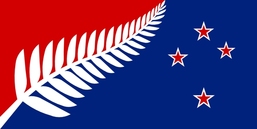 Updating our flag is a task which shouldn't be taken lightly. We believe that flag change should be done by referendum, and not forced upon us by a government. New Zealanders should vote on whether we retain the existing flag, or choose a new flag. Voting could be through a citizens initiated referendum, or one introduced by a Member of Parliament. There should be seven or eight well known designs put forward in the referendum for voting, here are some well known designs which we believe could be put forward;
The Canadian ExperienceWhich flag says Canada to you? The 1965 flag, right? Prior to 1965 the flag on the top was the flag of Canada. Although the idea of a new design had been discussed for decades in the 1900s, it was in the 1960s that the debate intensified and became a subject of considerable controversy, After much debate new flag was officially proclaimed in 1965. The Canadian people were not given the chance to vote on the new design. Despite the preceding acrimony, the new flag was quickly embraced by the Canadian public, and internationally the flag quickly became a welcome marker of Canadians around the world. The pre-1965 flag still remains an official flag in Canada, and is sometimes flown today. The Kiwi Way - DemocraticNew Zealand can take the lead from countries like Canada and Jamaica, but we can improve on it, we believe that flag change should not be forced on the country by a government, like in the Canadian example. Kiwis should have the right to vote, to either, retain the existing ensign, or vote for a new national flag. It should be noted here that New Zealanders have never had the chance to vote for our present flag, as it was forced upon us by the British government.
We can learn from Canada too, in that once an new official flag is adopted, we can retain the existing ensign as an official flag, as some will choose to fly it. It will be like how God Save the Queen is still an official anthem of New Zealand, but today most Kiwis sing and recognise God Defend New Zealand as our anthem. What do you think? Vote above, and add your comments below! © 2012 silverfernflag.org |
MEDIAArchives
December 2022
Categories
All
|
||||||||

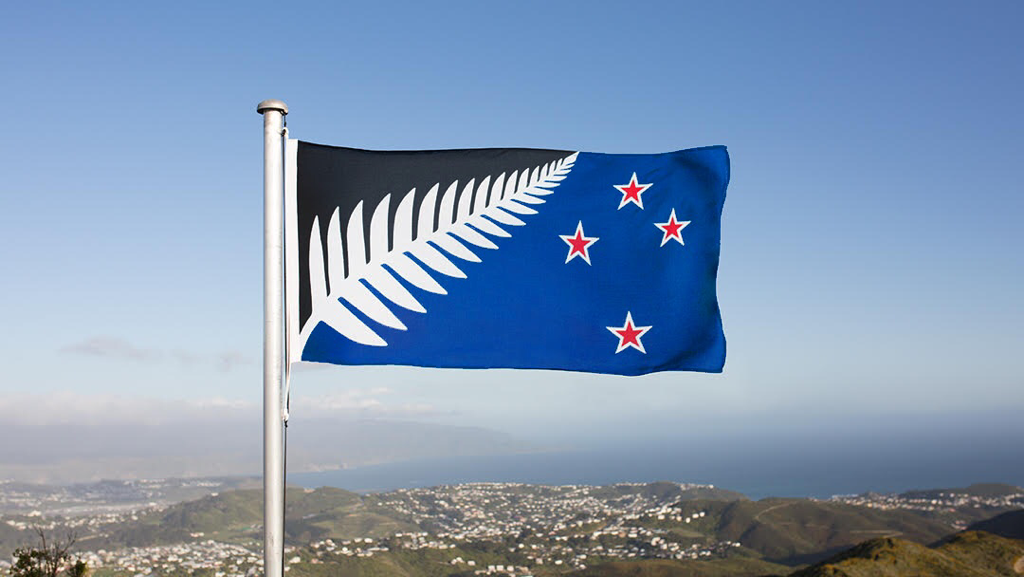
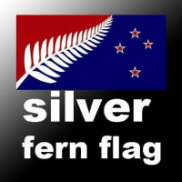
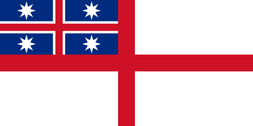
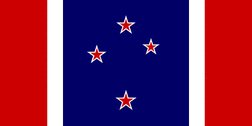







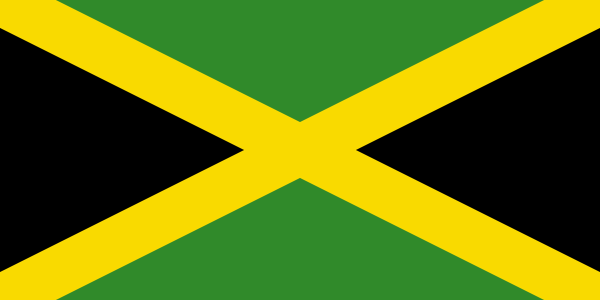


 RSS Feed
RSS Feed
